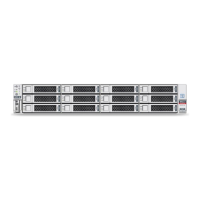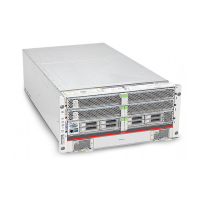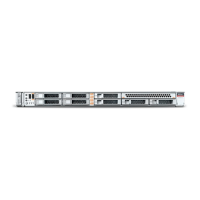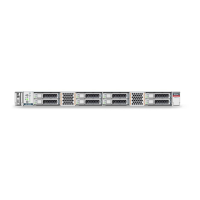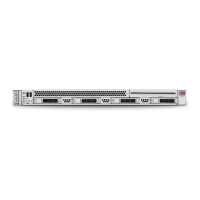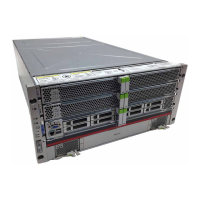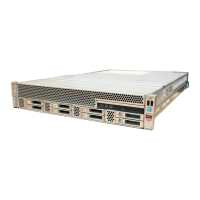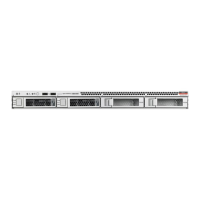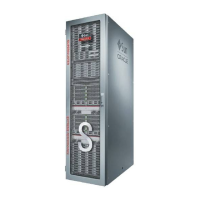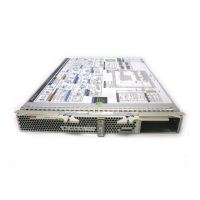Managing Domains
Oracle VM Server 2-3
implementation, there may be performance penalty for certain types of guests and
access types, but hardware virtualization also allows many Microsoft Windows™
operating systems and legacy operating systems to run unmodified.
2.4 Management Domain
Most of the responsibility of hardware detection in a Oracle VM Server environment is
passed to the management domain, referred to as domain zero (or dom0). The dom0
kernel is actually a complete Linux kernel with support for a broad array of devices,
file systems, and software RAID and volume management. In Oracle VM Server, the
dom0 is tasked with providing access to much of the system hardware, creating,
destroying and controlling guest operating systems, and presenting those guests with
a set of common virtual hardware.
2.5 Domains
Domains other than the management domain (dom0) are referred to as domU. These
domains are unprivileged domains with no direct access to the hardware or device
drivers. Each domU is started by Oracle VM Server in dom0.
2.6 Paravirtualization, Hardware Virtualization, and Binary Translation
Oracle VM Server uses paravirtualization, not binary translation. That is, the source
code of the operating system is modified to support virtualization.
Binary translation is neither faster, nor slower, than hardware virtualization. Whether
binary translation or hardware virtualization is more efficient than paravirtualization
depends on the implementation of the binary translation and hardware virtualization,
and the applications and operating system running as a guest on the system.
Binary translation and hardware virtualization, is required if you are using an
operating system where it is impractical to do paravirtualization, for example, if the
source code is not available such as for Microsoft Windows™, or the user base is not
large enough to sustain a paravirtualization effort such as for the Linux 2.4.x kernel. In
many situations, paravirtualization may perform better than binary translation as
operations that cause a hypervisor interaction can be grouped and reused, rather than
each event requiring its own hypervisor interaction.
2.7 Creating Virtual Machines
Create virtual machines (guests) using the Oracle VM Server virt-install command-line
tool, or using a Virtual Machine Template in Oracle VM Manager. See Chapter 4,
"Creating a Guest Virtual Machine" and the Oracle VM Manager User's Guide for more
information.
2.8 Managing Domains
Manage domains using the Oracle VM Server xm command-line tool, or using Oracle
VM Manager. See Chapter 5, "Domain Monitoring and Administration" and the Oracle
VM Manager User's Guide for more information.
Migrate domains using the xm migrate command. See Chapter 6, "Domain Live
Migration" for more information.
